Third-Worldism
Third-Worldism is a political concept and ideology that emerged in the late 1940s or early 1950s during the Cold War and tried to generate unity among the nations that did not want to take sides between the United States and the Soviet Union. The concept is closely related but not identical to the political theory of Maoism–Third Worldism.

Overview
The political thinkers and leaders of Third-Worldism argued that the north–south divisions and conflicts were of primary political importance compared to the East-West opposition of the Cold War period. In the three-world model, the countries of the First World were the ones allied to the United States. These nations had less political risk, better functioning democracy and economic stability, and continue to have a higher standard of living. The Second World designation referred to the former industrial socialist states under the influence of the Soviet Union. The Third World hence defined countries that remained non-aligned with either NATO, or the Communist Bloc. The Third World was normally seen to include many countries with colonial pasts in Africa, Latin America, Oceania and Asia. It was also sometimes taken as synonymous with countries in the Non-Aligned Movement, connected to the world economic division as "periphery" countries in the world system that is dominated by the "core" countries.[1]
Third-Worldism was connected to new political movements following the decolonization and new forms of regionalism that emerged in the erstwhile colonies of Asia, Africa, and the Middle-East as well as in the older nation-states of Latin America, including pan-Arabism, pan-Africanism, pan-Americanism and pan-Asianism.[2]
The first period of the Third-World movement, that of the "first Bandung Era", was led by the Egyptian, Indonesian and Indian heads of states such as Nasser, Sukarno and Nehru. They were followed in the 1960s and 1970s by a second generation of Third-Worldist governments that emphasized on a more radical and revolutionary socialist vision, personified by the figure of Che Guevara. At the end of the Cold War in the late 1980s, Third Worldism began to enter into a period of decline.[2]
Leaders and theorists
Several leaders have been associated with the Third-Worldism movement, including:[2]
 Zulfikar Ali Bhutto
Zulfikar Ali Bhutto Houari Boumédiène
Houari Boumédiène Amílcar and Luís Cabral
Amílcar and Luís Cabral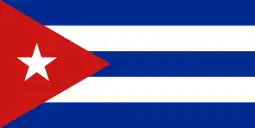 Fidel Castro and Che Guevara
Fidel Castro and Che Guevara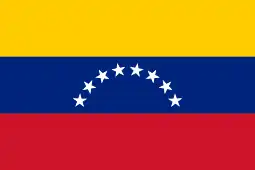 Hugo Chávez
Hugo Chávez.svg.png.webp) Muammar Gaddafi
Muammar Gaddafi.svg.png.webp) Ho Chi Minh
Ho Chi Minh Mao Zedong
Mao Zedong_(1960%E2%80%931963).svg.png.webp) Patrice Lumumba
Patrice Lumumba Michael Manley
Michael Manley.svg.png.webp) Evo Morales
Evo Morales.svg.png.webp) Gamal Abdel Nasser
Gamal Abdel Nasser Jawaharlal Nehru
Jawaharlal Nehru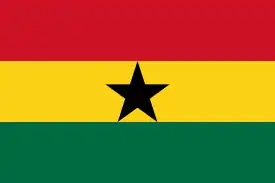 Kwame Nkrumah
Kwame Nkrumah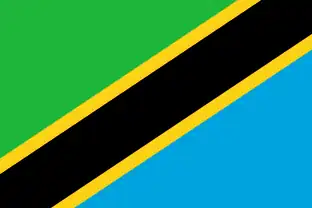 Julius Nyerere
Julius Nyerere Sukarno
Sukarno Mohammad Hatta
Mohammad Hatta Thomas Sankara[3]
Thomas Sankara[3].svg.png.webp) Josip Broz Tito
Josip Broz Tito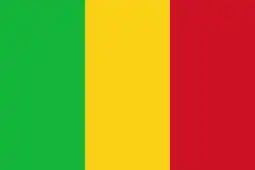 Modibo Keïta
Modibo Keïta
Theorists include:
See also
References
- Tomlinson, B.R. (1 April 2003). "What was the Third World". Journal of Contemporary History. SAGE Publications. 38 (2): 307–321. doi:10.1177/0022009403038002135. JSTOR 3180660. S2CID 162982648. Retrieved 24 January 2020 – via ResearchGate.
- Berger, Mark T. (February 2004). "After the Third World? History, destiny and the fate of Third Worldism". Third World Quarterly. 25 (1): 9–39. doi:10.1080/0143659042000185318. S2CID 145431458. Retrieved 24 January 2020 – via ResearchGate.
- Malley, Robert (November 1999). "The Third Worldist Moment" (PDF). Current History. 98 (631): 359–369. doi:10.1525/curh.1999.98.631.359. S2CID 155836302. Retrieved 4 October 2016 – via ProQuest.
- Macey, David (2012). Frantz Fanon: A Biography (Second ed.). Verso Books. p. 20.
Further reading
- Bangura, Abdul Karim, "Toward a Pan-Third Worldism: A Challenge to the Association of Third World Studies (Journal of Third World Studies, Spring 2003)
- Hadiz, Vedi R., The Rise of Neo-Third Worldism?: The Indonesian Trajectory and the Consolidation of Illiberal Democracy,
- Lopes Junior, Gutemberg Pacheco, The Sino-Brazilian Principles in a Latin American and BRICS Context: The Case for Comparative Public Budgeting Legal Research Wisconsin International Law Journal, 13 May 2015
- Malley, Robert, The Call From Algeria: Third Worldism, Revolution, and the Turn to Islam (UC Press)
- Malley, Robert, "The Third Worldist Moment", in Current History (November 1999)
- Slobodian, Quinn, Foreign Front: Third World Politics in Sixties West Germany (Duke University Press)
- Third Worldism or Socialism?, by Solidarity UK